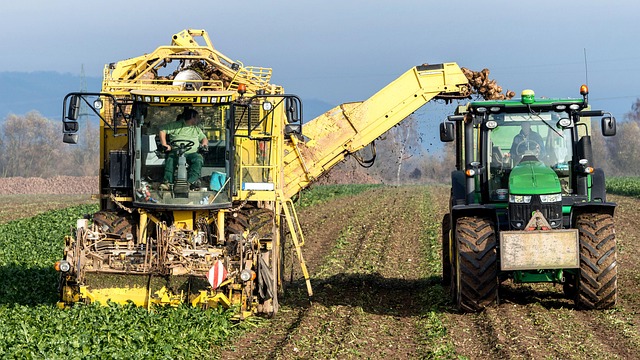In a world that is constantly evolving, the fusion of robotics and artificial intelligence is reshaping the landscape of business operations. The dawn of coordinated automation brings not only efficiency but also a wave of transformation that every business leader should embrace. Imagine a workplace where machines and AI work in perfect harmony, streamlining tasks, reducing errors, and ultimately enhancing productivity. This is no longer a distant dream, but a reality unfolding at a rapid pace.
At the heart of this transformation lies the principle of coordinated automation. By integrating robotics into operations, businesses can delegate repetitive and mundane tasks to machines, allowing human employees to focus on higher-order thinking that requires creativity and emotional intelligence. For instance, in manufacturing sectors, robotic arms can assemble products with precision while AI algorithms analyze production data in real-time to optimize processes. This collaboration not only reduces production time but also significantly cuts costs, creating a competitive edge in the market.
Moreover, the rise of artificial intelligence further enhances the capabilities of these robotic systems. AI analyzes patterns, predicts demand, and fine-tunes operations to save time and resources. Imagine an interconnected system where customer preferences are immediately communicated to production lines, ensuring that businesses adapt swiftly to changes in demand. This kind of responsive operation exemplifies the power of coordinated automation, driving agility and fostering innovation in business practices.
The adaptation of coordinated automation is not just limited to manufacturing. In logistics and supply chain management, robotics and AI work together to track inventory and streamline deliveries. Automated vehicles navigate complex routes, while AI systems predict traffic patterns and optimize delivery schedules. This seamless integration minimizes delays, enhances customer satisfaction, and drives sales. Businesses that harness such technologies build resilience against market fluctuations and position themselves for long-term success.
Additionally, customer service is being revolutionized through coordinated systems. Chatbots powered by AI can provide 24/7 support, handling inquiries and resolving issues with remarkable efficiency. When such systems are paired with robotic process automation, they can escalate complex problems to human agents only when necessary, thereby reducing the burden on customer service teams. This not only enhances the customer experience but also ensures that employees can dedicate their time to more challenging and rewarding tasks.
As organizations begin to realize the potential of coordinated automation, it’s crucial to foster an adaptive culture that embraces technological change. Training employees to work alongside robots and AI enhances job satisfaction and upskills the workforce. Creativity, critical thinking, and emotional intelligence become invaluable as human workers shift to roles that machines cannot replicate. This not only enriches the workplace but also prepares teams for the future.
While the transition to a more automated operation may seem daunting, it is an exciting opportunity for organizations to redefine their roles, capabilities, and ultimately, their success. Embracing coordinated automation can help businesses operate more effectively in an increasingly competitive market, allowing them to respond to challenges with precision and poise. As we harness the power of robotics and AI, our businesses can flourish in ways previously unimaginable, paving the way for innovation and growth in the modern landscape.




